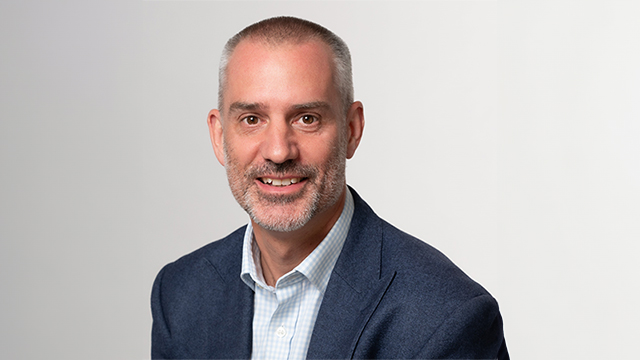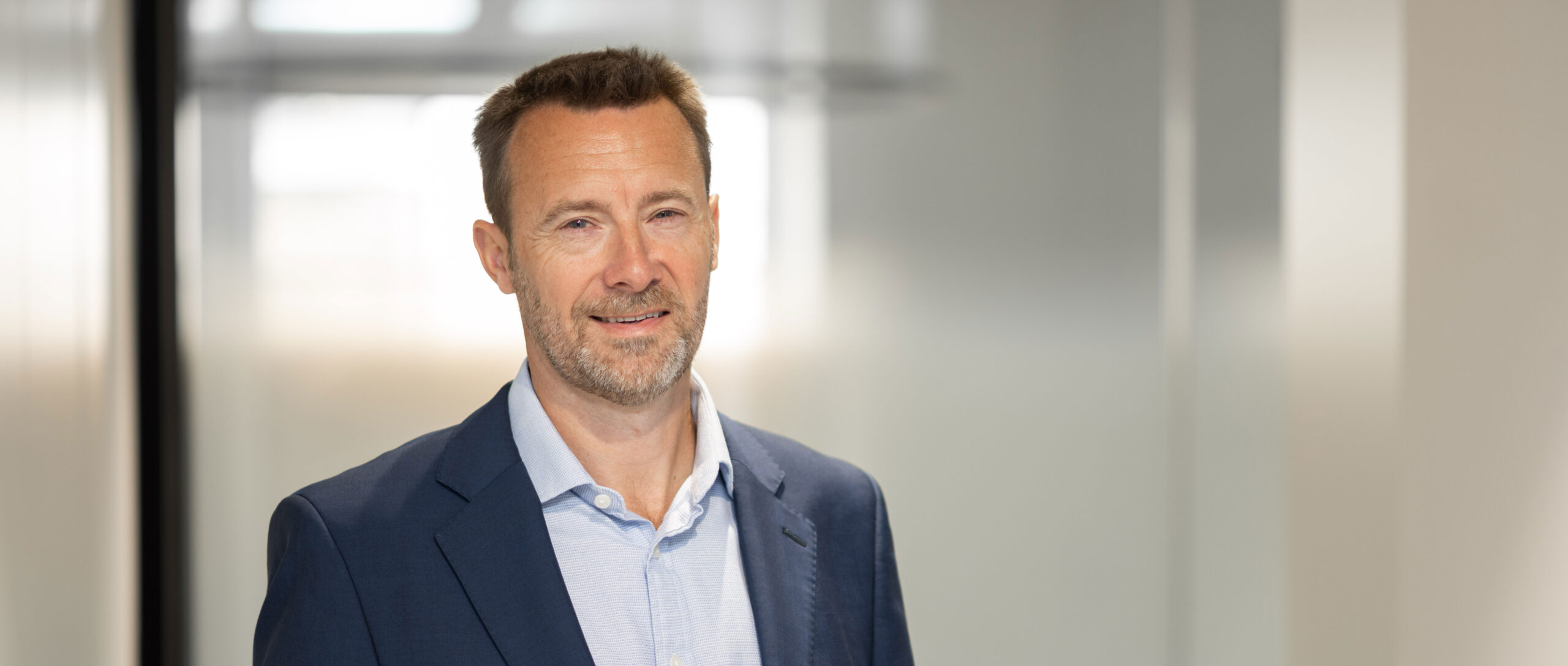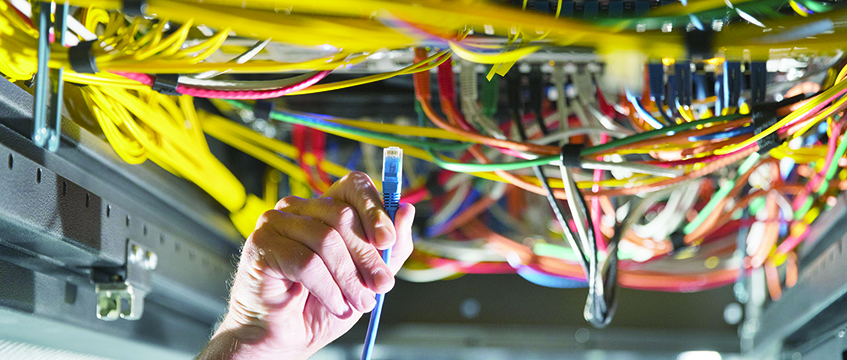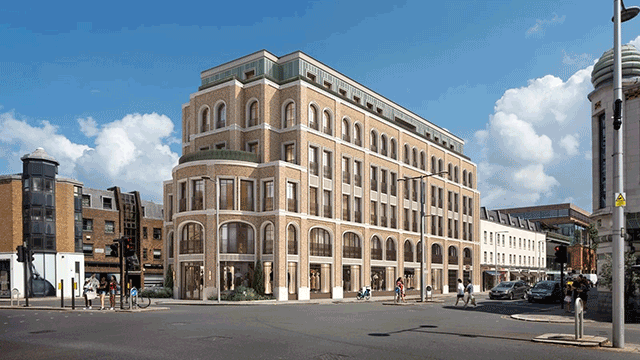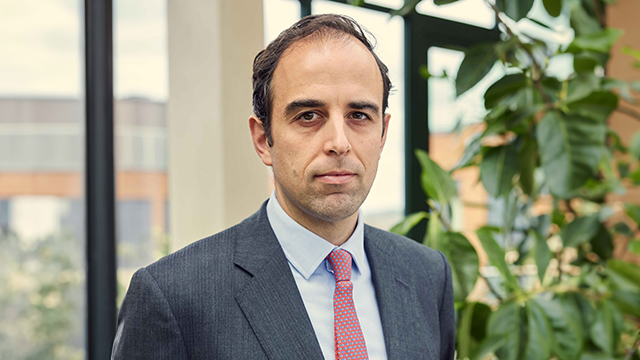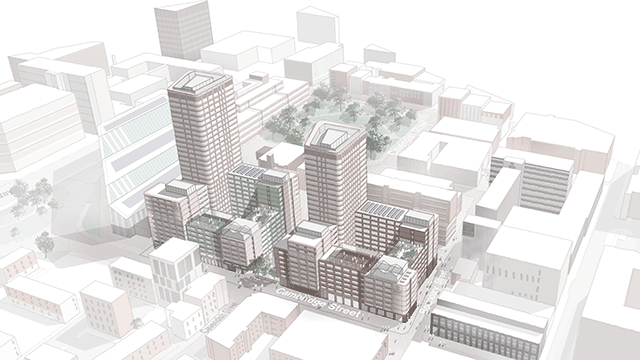The key to successful digital connectivity is to look further than the tech in isolation and to embrace “connectivity full stop”. And to face up to where the real estate sector’s shortfalls lie.
So say Cluttons’ head of telecoms, John Gravett, and Telefonica’s estates manager, Chris Early. The pair, who joined EG for a digital connectivity podcast, emphasised how important education will be for a more connected future, as the property sector still has a long way to go in terms of grasping the reality of smart buildings and cities.
“As consumers we use devices and technology all the time. We are more connected than ever and now we are taking that into our commercial worlds,” says Gravett. “We must ensure our built environment is equipped to deliver these needs.
“To do this, though, there really does need to be more education – different hires and people who understand what a building or portfolio needs to be connected. We can’t just keep parking tech issues at the IT director’s door – managing Office 365 is not the same as getting a building well connected and doing an occupier strategy. A knowledge gap has occurred and we need to backfill that if people want to get returns. And we all know that returns drive decisions in real estate.”
Early agrees that a better understanding of the foundations required for digital connectivity is crucial. And here he refers to his point about the wider issues. “It is better to think about things in terms of ‘connectivity full stop’. First and foremost, people want good connectivity for people to come in and out of the building or city – whether that’s visitors, contractors, partner, clients. That comes down to transport, location, infrastructure. That is the foundation. On top of all that, people want the digital connectivity to go with it.”
He adds that looking more specifically at digital connectivity, there is not enough understanding of what it takes to deliver what people want now – let alone in the future. “You need to make sure you have the right coverage and capacity. In the past there has been a lot of focus on coverage and I don’t think landlords have always understood that the capacity is just as crucial.”
Mindset shift
Gravett says that to achieve this there needs to be a complete mindset shift.
“Connectivity has to be treated like a utility,” he says. “When looking at a building or asset, questions need to be asked. What’s the back-up resilience. What connectivity is there? What cable can you get there? You can start building knowledge of base data and overlay the extras. That’s when you put your wireless on top. You need that foundation and the industry still isn’t trading it with enough depth and knowledge at this early stage.
“In the past, landlords have thought they can wrap up what they need to regarding tech and connectivity in heads of terms,” adds Early. “Effectively, get a lease in place in the traditional way, and then the tenant gets on and does what it needs and the landlord disappears. That doesn’t work any more as things are much more complicated. Even when a tenant has moved in they now need landlord support – whether that’s because they need additional connectivity for resilience or capacity upgrades. It can’t just be a contractual discussion that gets left with a managing agent.
“It comes down to negotiating connectivity as part of the deal. Agents therefore need to be properly educated so that connectivity is a substantial negotiating point. On top of the rent and the other important elements, it needs to be made clear at the outset that connectivity is not only a factor, but a factor that could determine which building is chosen. I really do believe that by taking that approach, people will be convinced to change their ways.”
 Education is key, but Gravett wants to emphasise the flipside of an information overload. “There does need to be more understanding,” he says. “But it should be an understanding that focuses on what is in the property industry’s gift to get sorted. By that I mean knowing what is required within a building to deliver the infrastructure necessary for digital connectivity – whether that’s the plant room or whether there is any roof space available. This is the key information, rather than the complex ins and outs of the tech itself.
Education is key, but Gravett wants to emphasise the flipside of an information overload. “There does need to be more understanding,” he says. “But it should be an understanding that focuses on what is in the property industry’s gift to get sorted. By that I mean knowing what is required within a building to deliver the infrastructure necessary for digital connectivity – whether that’s the plant room or whether there is any roof space available. This is the key information, rather than the complex ins and outs of the tech itself.
“The property industry’s role here is about facilitating the tech and giving it the foundation and infrastructure it so desperately needs.”
To send feedback, e-mail emily.wright@egi.co.uk or tweet @EmilyW_9 or @estatesgazette
A version of this article appeared in the 28 July 2018 edition of EG with the headline “Connectivity counts in sealing the deal”




